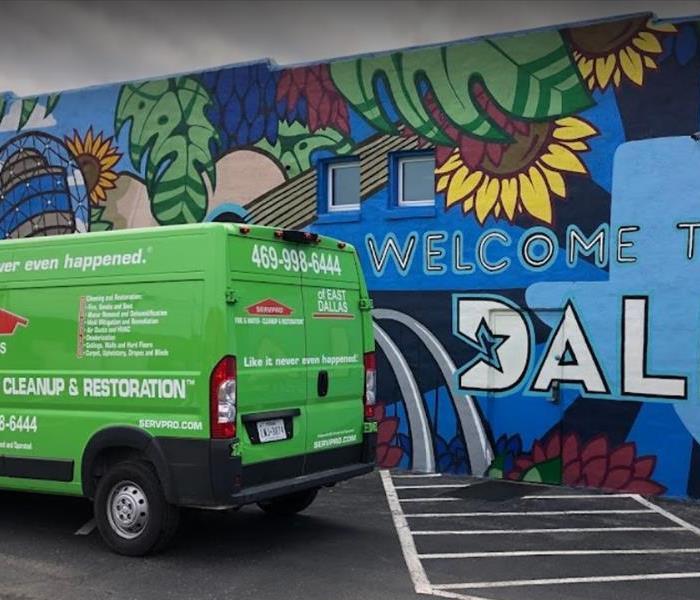SERVPRO's Remediation Process
9/12/2023 (Permalink)
The remediation process following damage to your home, whether it's due to water damage, fire damage, mold infestation, or another issue, typically involves several key steps. The specific process can vary depending on the type and extent of the damage, but here is a general outline:
Assessment and Inspection:
The first step is to assess the extent of the damage. Professionals, such as contractors, restoration specialists, or mold inspectors, will inspect your home to determine the scope of the problem. They will identify the affected areas and evaluate the severity of the damage.
Safety Measures:
If the damage poses safety hazards, such as structural instability, exposed electrical wires, or the presence of hazardous materials, these issues must be addressed first to ensure the safety of occupants and workers.
Mitigation:
In cases of water damage, steps will be taken to stop the source of the water intrusion and prevent further damage. This might involve repairing leaks, shutting off water sources, or implementing temporary measures to control moisture.
In cases of fire damage, the fire department will have already extinguished the flames. The next step is to secure the property to prevent unauthorized access and further damage.
Documentation:
Proper documentation is essential for insurance claims and future reference. Photographs, videos, and written reports should be compiled to record the extent of the damage before any cleanup or repairs begin.
Cleanup and Removal:
The next phase involves removing damaged materials and debris. In the case of water damage, this includes extracting water and drying the affected areas. In the case of fire damage, it involves removing charred materials, ash, and soot. Mold-infested materials will also need to be removed.
Restoration and Repairs:
Once the affected areas are clean and dry, the restoration process can begin. This may involve rebuilding and repairing structural elements, such as walls and floors, and replacing damaged materials.
In the case of mold remediation, after removing contaminated materials, the affected areas will be thoroughly cleaned, and preventive measures will be taken to prevent future mold growth.
Mold Testing (if applicable):
In mold remediation projects, it's common to conduct mold testing after remediation to ensure that the mold problem has been effectively resolved and that indoor air quality is safe.
Odor Elimination (if applicable):
In cases of fire or water damage, lingering odors can be a significant issue. Specialized techniques and equipment, such as ozone generators or thermal fogging, may be used to eliminate odors.
Final Inspection:
After restoration and repairs are complete, a final inspection is conducted to ensure that the property is safe, structurally sound, and free from any remaining issues.
Rebuilding and Restoration:
The final step involves rebuilding and restoring your home to its pre-damage condition. This may include painting, flooring installation, plumbing, electrical work, and other finishing touches.
Throughout the remediation process, it's essential to work closely with professionals who have experience in dealing with the specific type of damage your home has sustained. Additionally, if you have insurance coverage for the damage, be sure to communicate with your insurance provider to understand your coverage and file any necessary claims. Timely and thorough remediation is crucial to restoring your home and ensuring the safety and well-being of its occupants.






 24/7 Emergency Service
24/7 Emergency Service
